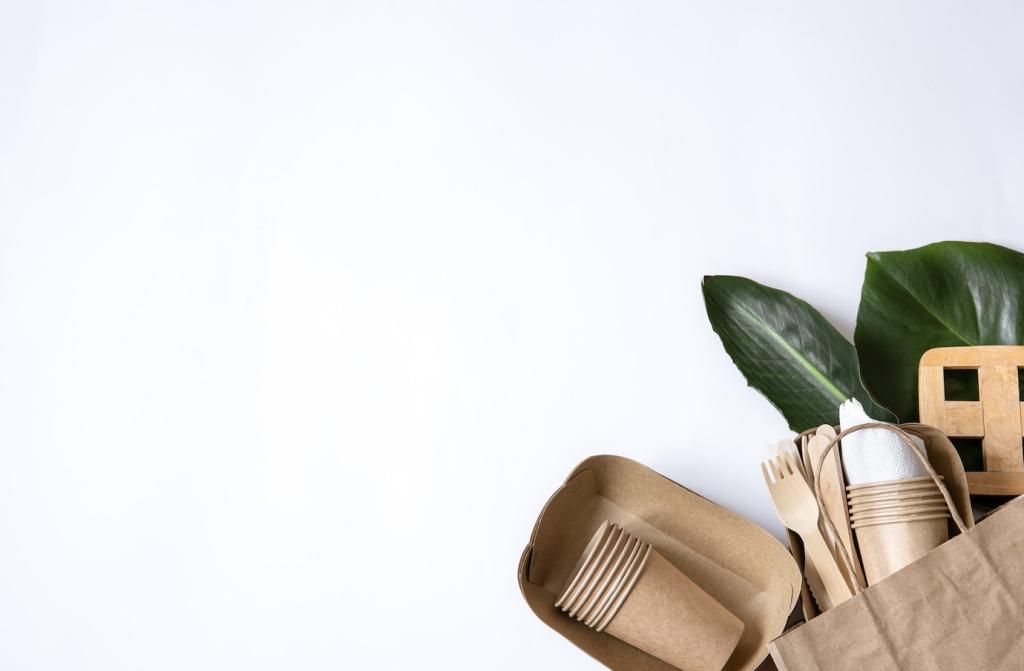Matching solutions to fabric types
Opt for breathable, bio-based finishes or silicone-hybrid repellents that allow moisture vapor to escape. Wool benefits from gentle care to maintain lanolin-like properties. Share your fiber mix, and we’ll suggest a compatible, low-odor protective approach.
Matching solutions to fabric types
For nylon shells and polyester blends, pick fluorine-free DWRs with good abrasion resilience, then reactivate with controlled warmth. Avoid heavy waxes that block breathability. Comment with the gear you own, and we’ll map an appropriate protection timeline.







